Warbreck Water Tower is a structure that you probably drive past and don’t really notice. Built to create water pressure in an otherwise flat area, it’s been there for so long it’s a part of the local scenery. But here at Live Blackpool we’re curious about local buildings and like to know what, why and when!
We set out to find out more…
This article is written with the help of local people and the good folks of the Blackpool’s Past Facebook Group.
Enjoyed this video? Why don’t you subscribe to our Visit Fylde Coast YouTube channel – make sure you don’t miss out!
Warbreck Water Tower was built in 1932 for the then Fylde Water Board, to serve the heavily residential areas of central Blackpool and the high rise homes. With barely a hill in sight, the tower creates and maintains pressure in the water supply. So that when you turn the tap on, water comes out of it!
It’s fed with water from Barnacre Reservoir at Longridge near Preston, which is 16 miles away.
You can see the water tower from the promenade. It stands at the top of Warbreck Hill Road, near to the junction of Devonshire Road and next to the Rock Gardens. Susan Long told us that foxes live on the surrounding land and she often sees them with their cubs.
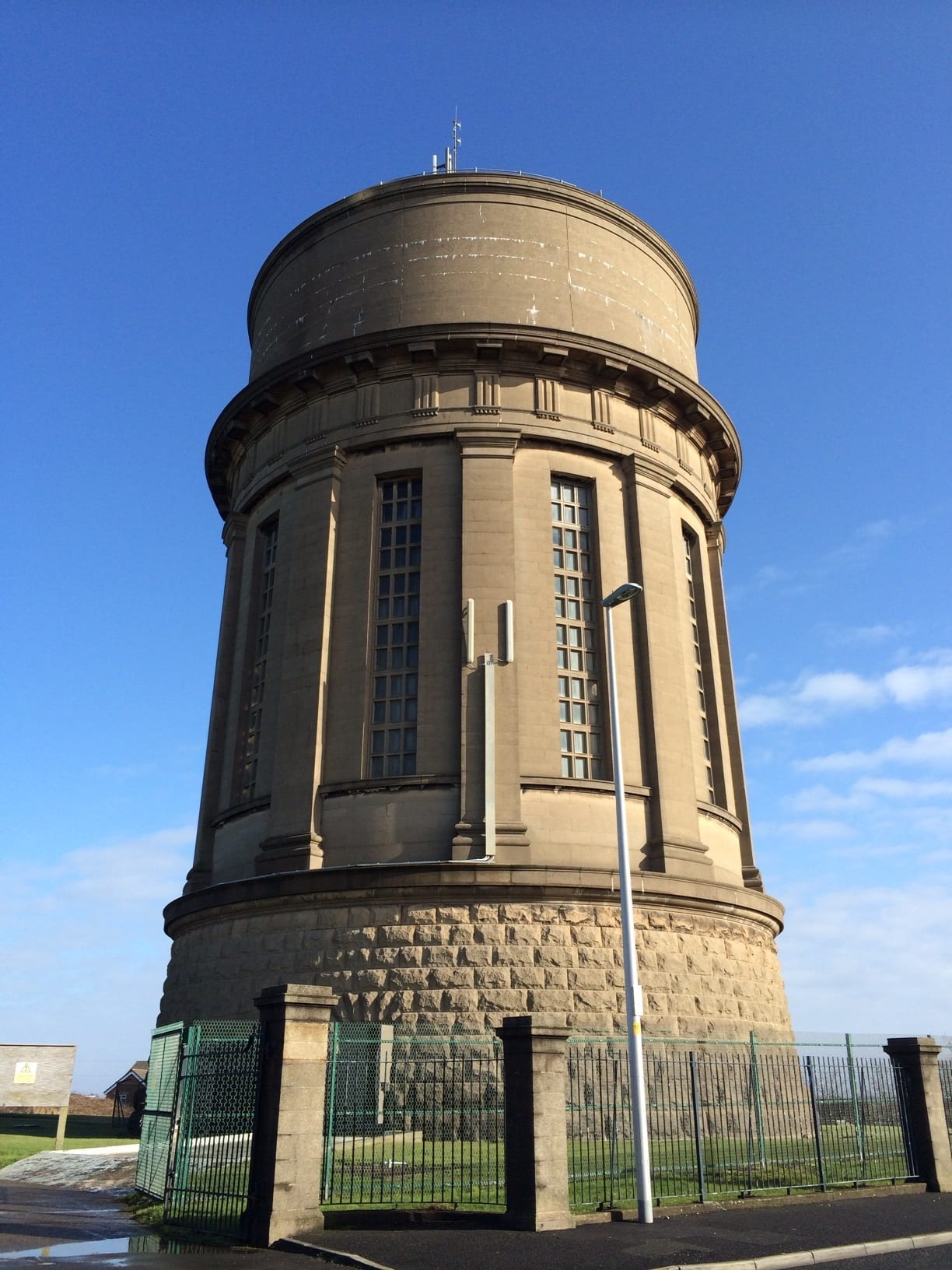
Modern Engineering at Warbreck Water Tower
The building is quite a monument to modern engineering and materials. Made from reinforced concrete, faced with pre-cast concrete blocks, with a reinforced concrete roof. Even the doors are concrete, according to Andrew Richardson.
The Tower can hold 114,000 cubic metres of water at full capacity so it has to be an immensely strong structure. Imagine that amount of water flowing down Warbreck Hill Road if the walls failed! Steve Balfour made an interesting observation. He pointed out that if a cubic metre of water is equivalent to a metric tonne in weight, the mass of the water in the full tank is 43.84 times the weight of the metalwork in Blackpool Tower.
The water tower is at the top of one of the few hills on the Fylde Coast. It’s 37.5 metres above ground level and the tank itself is 7.62 metres high.
David Howarth used to go up on top of the tower when he was young. He thinks it’s the best spot for a view of all of Blackpool, better even than the view from the Tower. Dot Shaws dad worked for the Fylde Water Board in the 50’s and 60’s and he used to take her in the building. Aged just 10 years old, she thought it was never ending. It’s something she’s never forgotten.
At the side of the tower are two reservoirs, landscaped so that they blend into the surroundings. An electrically driven pump delivers water from the reservoirs to the tank in the tower.
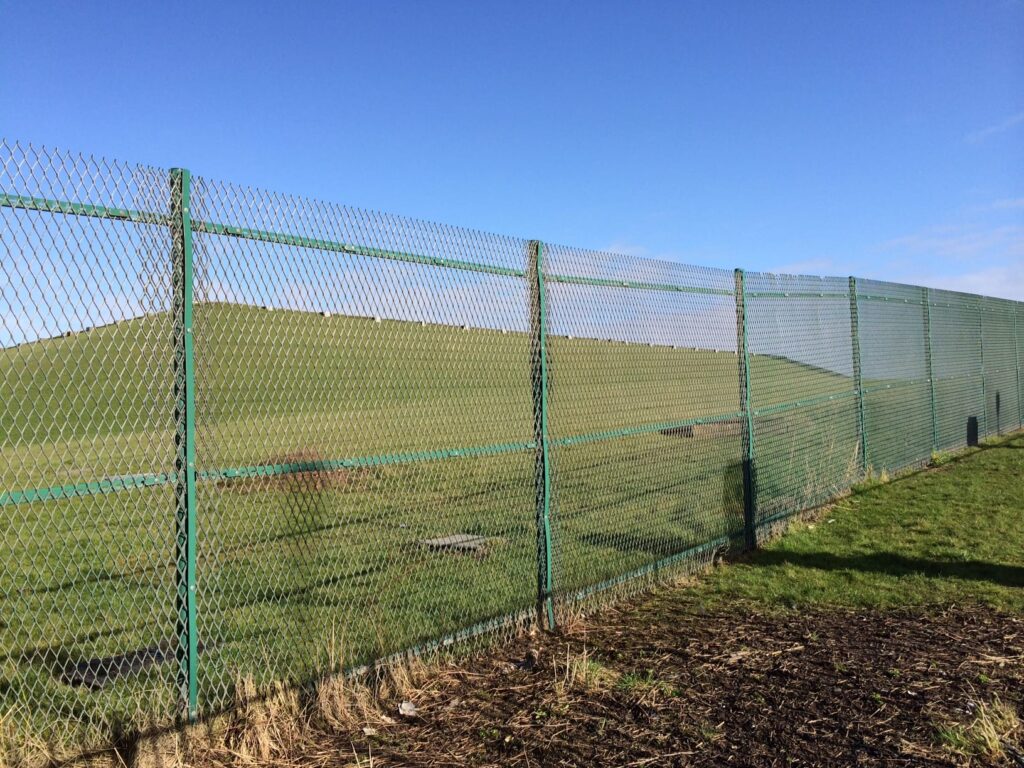
Where is Warbreck Water Tower?
The address is Leys Road, Warbreck, Blackpool, FY2 9EQ. See where it is on this map below – click on it to go to Google.
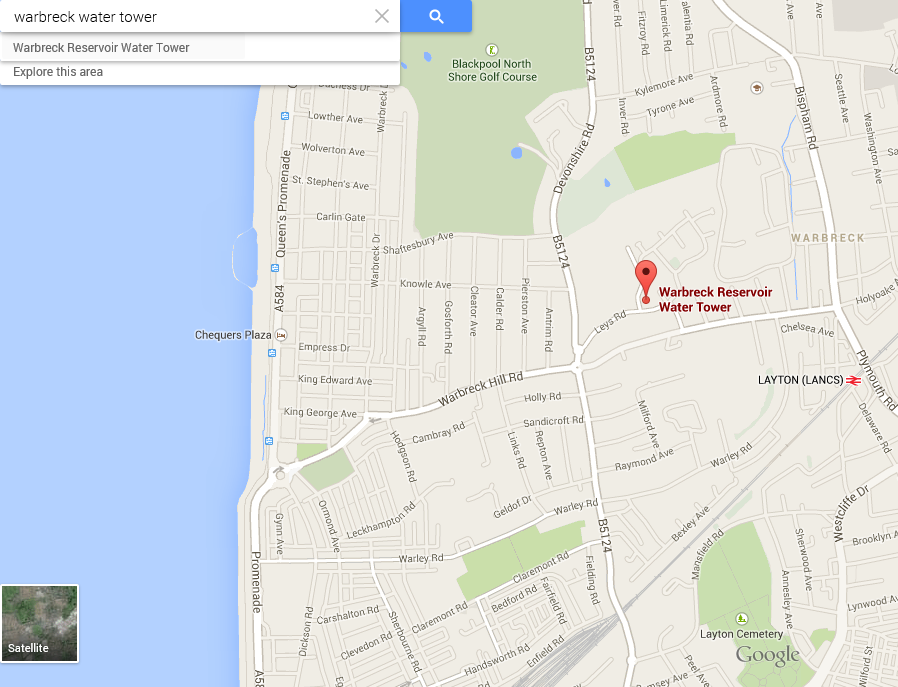
Take a look Inside the Water Tower
The lovely people in the Blackpool’s Past Facebook Group dug into the photo albums to search out photos of the inside of this landmark building.
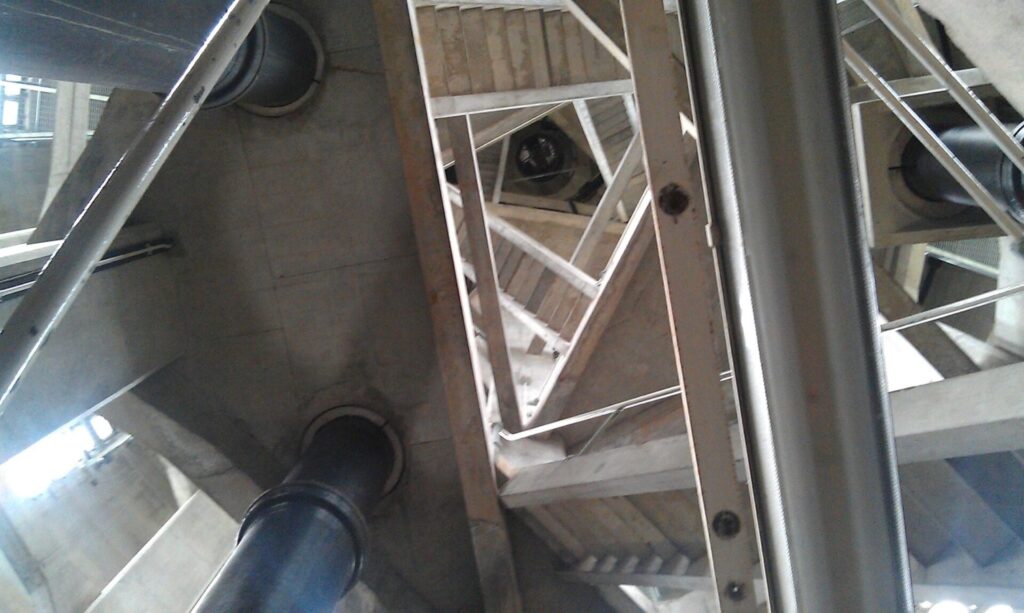
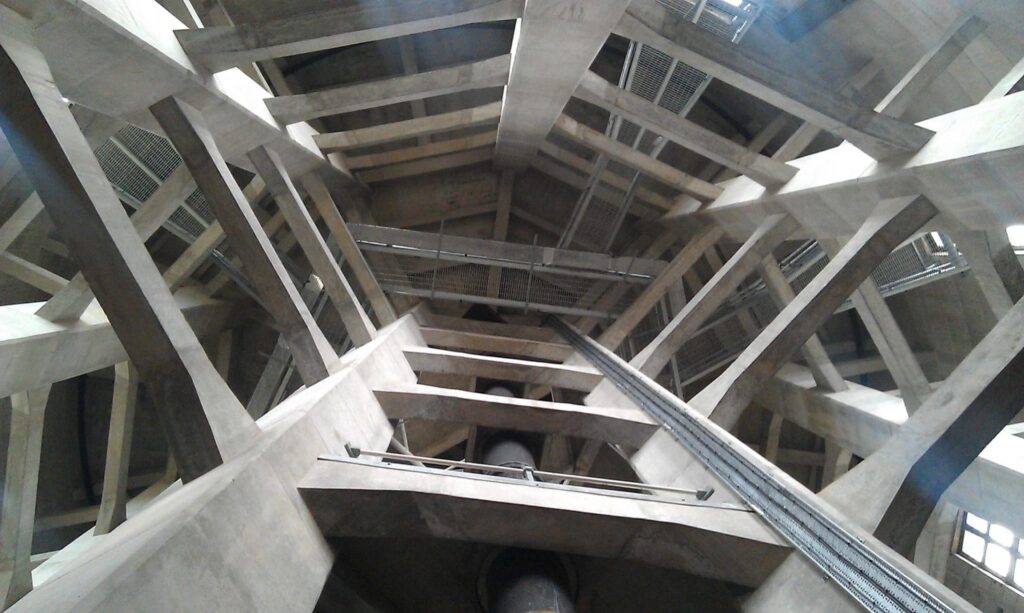

Have a look at this footage of the inside, filmed by Sean Robinson
Projections on the Outside
Images of rippling water were projected outside the building, during the Blackpool Illuminations season of 2007.
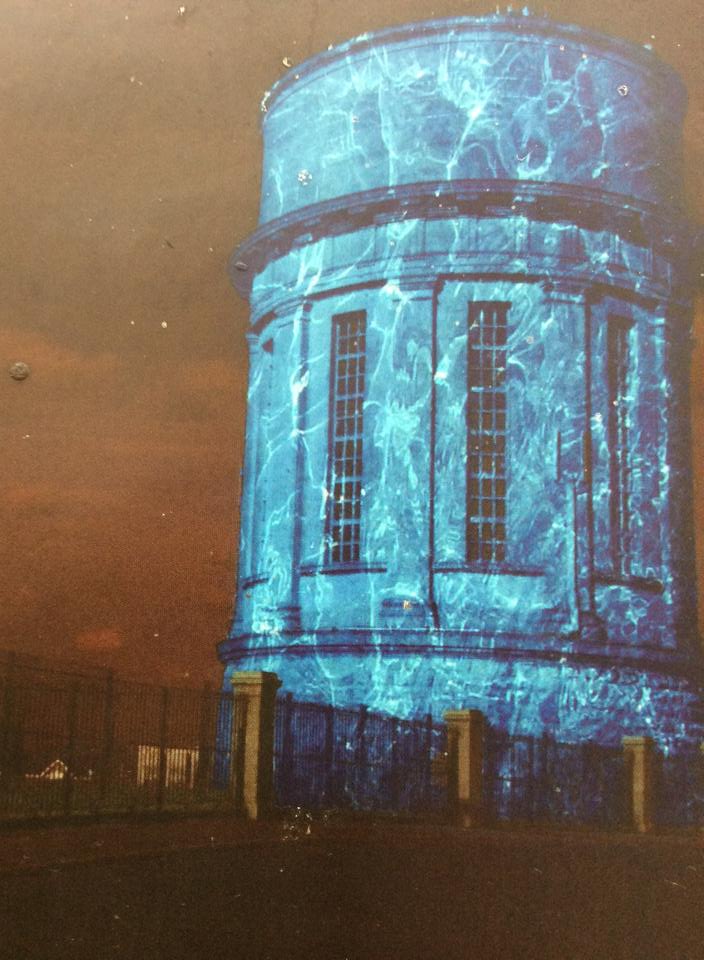
The light installation was called ‘Water is Everywhere’ by Creatmosphere. You could have seen it nightly from 31 August to 4 November, 2007.
The credit reads “This site-specific installation utilises the nature of the Water Tower for a dynamic yet subtle display. Bathed in light, this iconic structure is animated as night falls, with a gently rippling lighting scheme which can be seen from a distance, like an abstract lighthouse on the skyline”.
History of Warbreck Water Tower
Thanks to Nick Moore and his comprehensive History of Blackpool for this information about the arrival of water on the Fylde Coast. There’s more about the local water supply on page 398 of Nick’s work.
The Fylde Waterworks Act had previously been made on 22 July 1861. For “incorporating the Fylde Waterworks Company and authorising them to make and maintain waterworks, and to supply water at Kirkham, Lytham and Blackpool.”
At this point in time, this single act created the biggest growth on the Fylde Coast. It opened up the area to more occupation and investment.
Between 1861 and 1863, Fylde Waterworks built Grizedale Reservoir to supply the Fylde with its first proper water. Then they built Barnacre East and West and Grizedale Lea Reservoirs.
In November 1863 the first Blackpool office for Fylde Waterworks opened on Adelaide Place. On 21 July 1864 the first piped water came into Blackpool from the Grizedale Reservoir, via the almost completed Weeton Reservoir.
Officially opened on 4 October 1906, the Fylde Waterboard headquarters was at the corner of Sefton Street and Board Street for many years. Much later they moved to Talbot Road, and the offices were demolished in May 1975.
Building the Water Tower and Reservoir
The demolished Leys Farm once stood at the site of Warbreck Hill Reservoir, which opened on 3 July 1926.
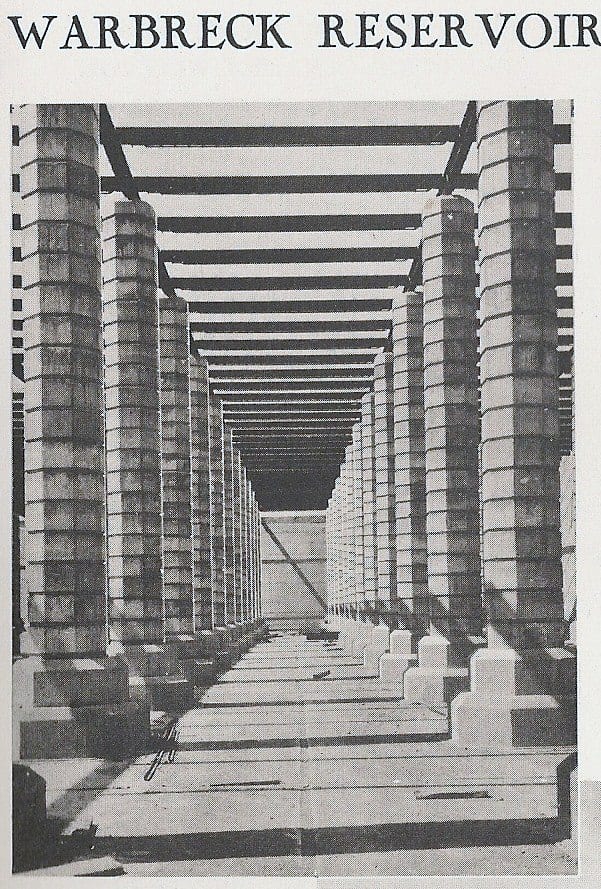
You can also find Warbreck Water Tower mentioned in the Lancashire Archives.
Andy Ball from the Thornton Cleveleys Past Facebook Group very kindly provided these photos of the Water Tower in its early days.
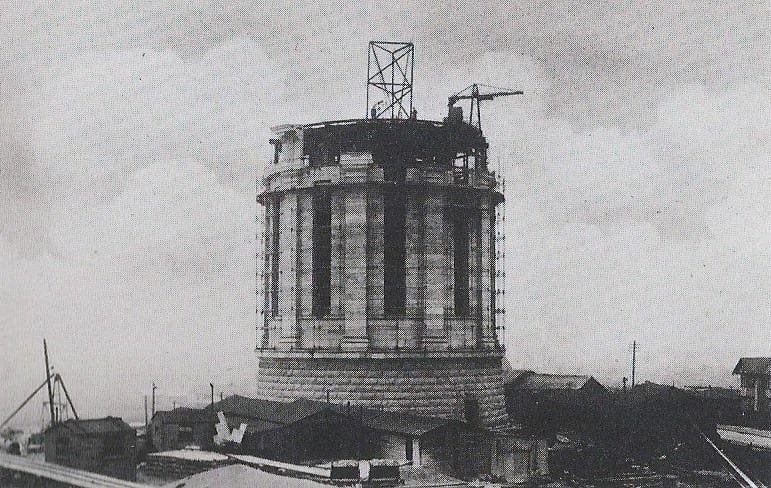
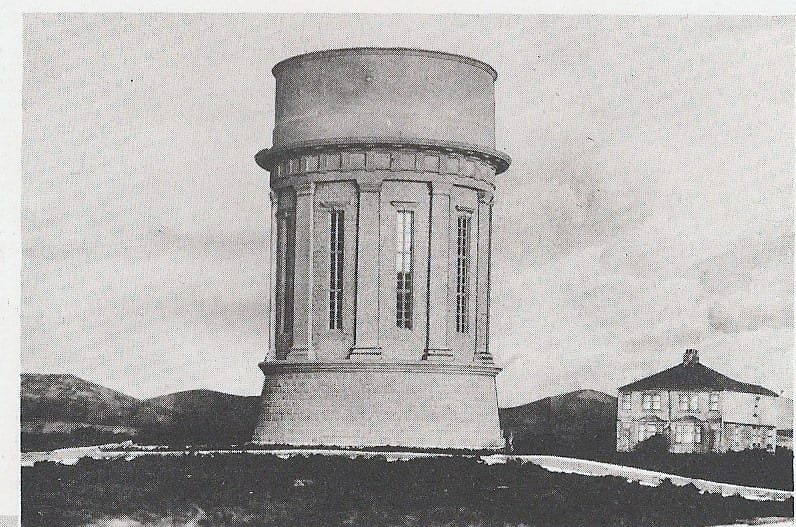
Got anything to add?
We want to include your photos, memories and information in this page.
Simply email what you know to jane@theRabbitPatch.co.uk for inclusion. Full credit given, as usual.
While you’re here…
Go to the homepage of the Live Blackpool website for the latest updates.
Love the Fylde Coast? Sign up for your email newsletter. Packed full of interesting things it arrives in your inbox all 52 weeks of the year.
Join us on Facebook at our Visit Fylde Coast Facebook Group and follow us on Twitter @visitFyldeCoast
Plus hundreds of videos to watch on our YouTube channel – from all over the Fylde Coast!
Booking a stay? Pick a safe, clean and legal place to stay, at the very best price. Book with the Visit Fylde Coast and StayBlackpool guide.


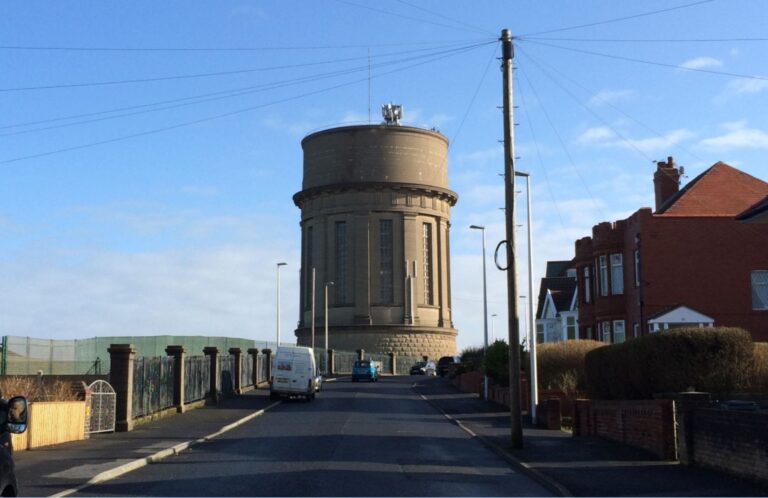






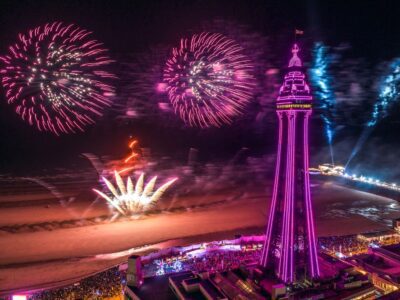


Since when was Barnacre reservoir at Longridge? See map: https://tinyurl.com/y7gfougk
Just to sort out image, and night. How high are those pillars under ground? And is it completely full now? .Thanks